

Sunset over the Yarra River


Sunset over the Yarra River
Outside our Red Brick Walls
Welcome to a very different PA contribution to IE! We’ve taken the theme and invited our parents' thoughts on the importance of the environment on our children's experiences outside of the red brick walls of Melbourne Girls Grammar.
Our students enjoy an exemplary educational environment. What takes place during their time at school is inclusive, challenging and full of opportunities that will have life-long impact. Of equal, if not greater, importance is the home environment; it is a place which provides love, emotional support, and opportunities for learning and exploration.

Respectful Relationships
We have witnessed over the past few months that women and girls still face extraordinary challenges in their places of work, or study. The widely reported incidents that led to last month’s 'Women’s March 4 Justice’ have sadly been supported by the 2021 World Economic Forum ‘Global Gender Gap Report’ where Australia has slipped to 50th place worldwide (the lowest position occupied in the last 16 years). It is hard to argue that there has never been a more important time to actively teach our children and young people about respectful relationships but how do we do this as parents? There is an abundance of research, especially following the 2015 Royal Commission into Family Violence, but how can we as parents ensure that we are communicating the right messages? If only it was as simple as having a conversation about consent when they reach a certain age.
In 2021 our children and young people have access to technology and information that we could never have imagined 30 years ago. As a teenager in the 1980s when I needed information, I could possibly ask my parents, teachers or friends or hope that my questions would be answered by 'Dolly Doctor’. In contrast, our children have access to everything that they may need (and more); at the touch of a fingertip, they can find the answer to almost anything by a simple Google search and learn almost any skill from a YouTube tutorial. Talking to our children, and talking to them often, within a trusted and secure environment at home, is the greatest thing that we as parents can do to keep our children safe. Talking to our children constantly about things that are important to them, no matter how trivial it may seem, teaches them that they are valued and important and builds the resilience and self-esteem that will protect them throughout their lives.
Respectful Relationships
We have witnessed over the past few months that women and girls still face extraordinary challenges in their places of work, or study. The widely reported incidents that led to last month’s 'Women’s March 4 Justice’ have sadly been supported by the 2021 World Economic Forum ‘Global Gender Gap Report’ where Australia has slipped to 50th place worldwide (the lowest position occupied in the last 16 years). It is hard to argue that there has never been a more important time to actively teach our children and young people about respectful relationships but how do we do this as parents? There is an abundance of research, especially following the 2015 Royal Commission into Family Violence, but how can we as parents ensure that we are communicating the right messages? If only it was as simple as having a conversation about consent when they reach a certain age.
In 2021 our children and young people have access to technology and information that we could never have imagined 30 years ago. As a teenager in the 1980s when I needed information, I could possibly ask my parents, teachers or friends or hope that my questions would be answered by 'Dolly Doctor’. In contrast, our children have access to everything that they may need (and more); at the touch of a fingertip, they can find the answer to almost anything by a simple Google search and learn almost any skill from a YouTube tutorial. Talking to our children, and talking to them often, within a trusted and secure environment at home, is the greatest thing that we as parents can do to keep our children safe. Talking to our children constantly about things that are important to them, no matter how trivial it may seem, teaches them that they are valued and important and builds the resilience and self-esteem that will protect them throughout their lives.
Respectful Relationships
We have witnessed over the past few months that women and girls still face extraordinary challenges in their places of work, or study. The widely reported incidents that led to last month’s 'Women’s March 4 Justice’ have sadly been supported by the 2021 World Economic Forum ‘Global Gender Gap Report’ where Australia has slipped to 50th place worldwide (the lowest position occupied in the last 16 years). It is hard to argue that there has never been a more important time to actively teach our children and young people about respectful relationships but how do we do this as parents? There is an abundance of research, especially following the 2015 Royal Commission into Family Violence, but how can we as parents ensure that we are communicating the right messages? If only it was as simple as having a conversation about consent when they reach a certain age.
In 2021 our children and young people have access to technology and information that we could never have imagined 30 years ago. As a teenager in the 1980s when I needed information, I could possibly ask my parents, teachers or friends or hope that my questions would be answered by 'Dolly Doctor’. In contrast, our children have access to everything that they may need (and more); at the touch of a fingertip, they can find the answer to almost anything by a simple Google search and learn almost any skill from a YouTube tutorial. Talking to our children, and talking to them often, within a trusted and secure environment at home, is the greatest thing that we as parents can do to keep our children safe. Talking to our children constantly about things that are important to them, no matter how trivial it may seem, teaches them that they are valued and important and builds the resilience and self-esteem that will protect them throughout their lives.



Teaching our children about respectful relationships is a complex and long-term project that requires a whole community effort – it is a partnership between home and school and the people who inhabit these places of learning and provide leadership, role modelling and genuine support. As parents, one of the greatest things we can achieve is to teach our children and young people about their own emotions, about the emotions and perspectives of others and about the value of compassion. Teaching these skills will support our children to navigate their relationships throughout their schooling but also into their futures beyond Melbourne Girls Grammar.
Read the 2021 Global Gender Gap Report here.
Katrina Chipperfield
PA Vice President
Eloise (Year 12)
Teaching our children about respectful relationships is a complex and long-term project that requires a whole community effort – it is a partnership between home and school and the people who inhabit these places of learning and provide leadership, role modelling and genuine support. As parents, one of the greatest things we can achieve is to teach our children and young people about their own emotions, about the emotions and perspectives of others and about the value of compassion. Teaching these skills will support our children to navigate their relationships throughout their schooling but also into their futures beyond Melbourne Girls Grammar.
Read the 2021 Global Gender Gap Report here.
Katrina Chipperfield
PA Vice President
Eloise (Year 12)

Merton Hall Rowing Club
It’s hard to capture what it is about rowing, the environment of the river and what they provide our rowers that is so special. It is a defining experience in so many of our Grammarians’ lives. The actual act of rowing is just one element of all the wonderful things that the sport offers. Resilience, leadership, values and respect are just a few of the teachings that come from rowing. Tired and overwhelmed, our rowers always turn up because they never let their crew down. Never.
Waking at the crack of dawn, lunches packed, bags overflowing, they are ready to go for the day. SACS on the mind of VCE students and seemingly a million other commitments for all, but in the mornings it’s training that takes priority. Parents commit to driving them to the river, capturing those moments in the car when connections are made, precious time is enjoyed and conversations are had.
Merton Hall Rowing Club
It’s hard to capture what it is about rowing, the environment of the river and what they provide our rowers that is so special. It is a defining experience in so many of our Grammarians’ lives. The actual act of rowing is just one element of all the wonderful things that the sport offers. Resilience, leadership, values and respect are just a few of the teachings that come from rowing. Tired and overwhelmed, our rowers always turn up because they never let their crew down. Never.
Waking at the crack of dawn, lunches packed, bags overflowing, they are ready to go for the day. SACS on the mind of VCE students and seemingly a million other commitments for all, but in the mornings it’s training that takes priority. Parents commit to driving them to the river, capturing those moments in the car when connections are made, precious time is enjoyed and conversations are had.
Merton Hall Rowing Club
It’s hard to capture what it is about rowing, the environment of the river and what they provide our rowers that is so special. It is a defining experience in so many of our Grammarians’ lives. The actual act of rowing is just one element of all the wonderful things that the sport offers. Resilience, leadership, values and respect are just a few of the teachings that come from rowing. Tired and overwhelmed, our rowers always turn up because they never let their crew down. Never.
Waking at the crack of dawn, lunches packed, bags overflowing, they are ready to go for the day. SACS on the mind of VCE students and seemingly a million other commitments for all, but in the mornings it’s training that takes priority. Parents commit to driving them to the river, capturing those moments in the car when connections are made, precious time is enjoyed and conversations are had.
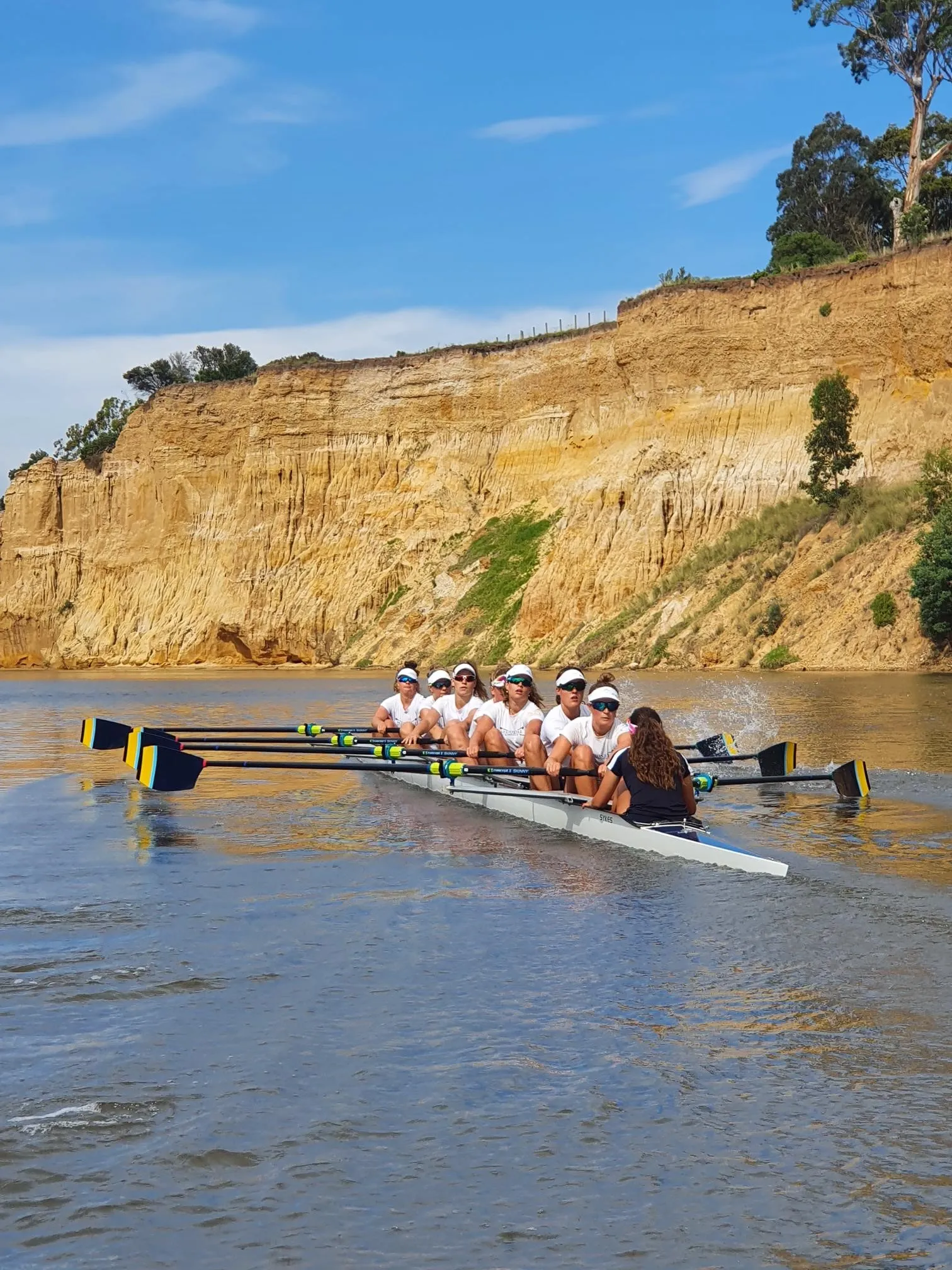

Rowing Camp in January 2021



Rowing Camp in January 2021
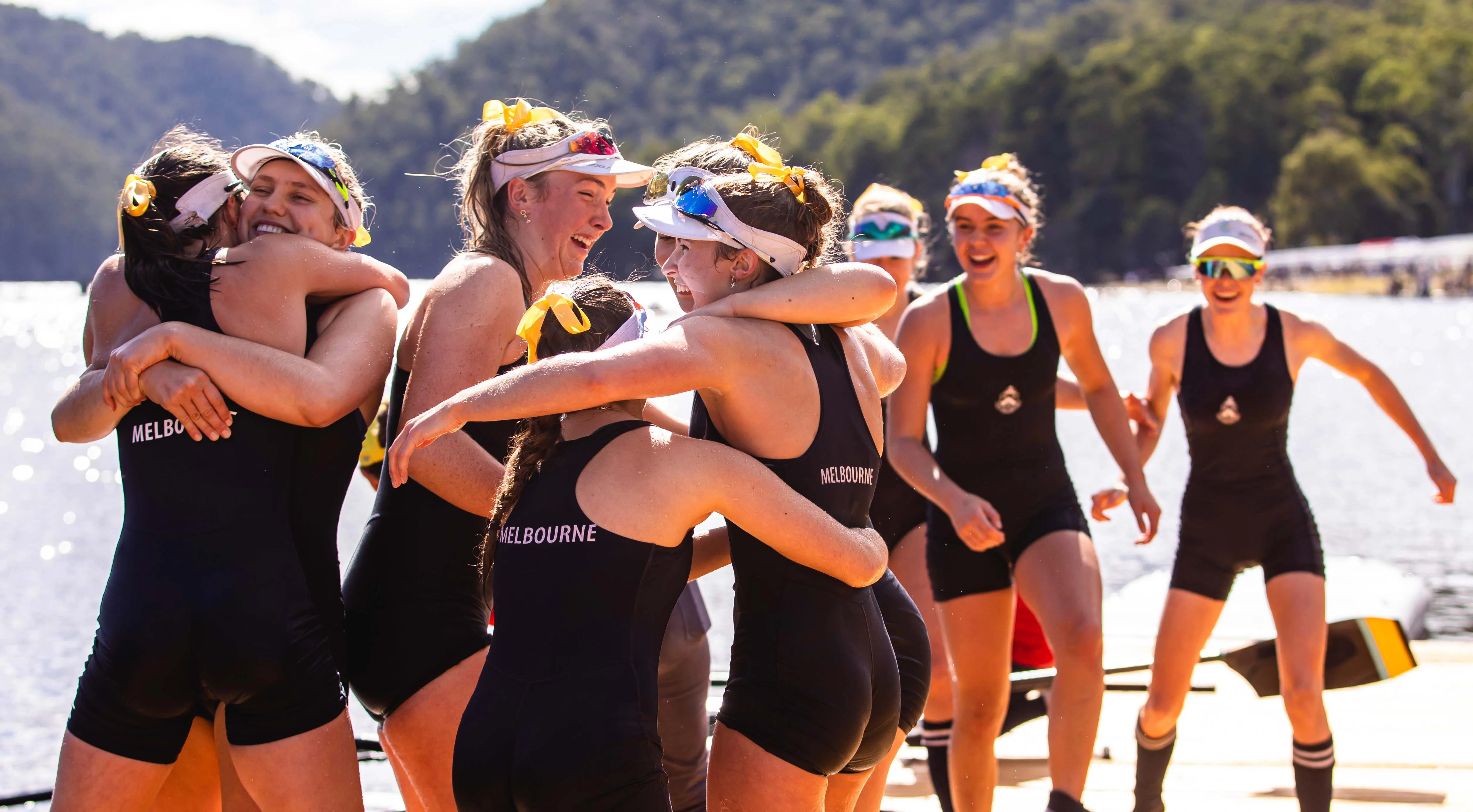

Our National Champion Rowers at Lake Barrington, Tasmania. Photo credit to Rowing Australia - Sam Volker


Head of School Girls 2021


Rowing Camp in January 2021


Our National Champion Rowers at Lake Barrington, Tasmania. Photo credit to Rowing Australia - Sam Volker


Head of School Girls 2021
Rowing allows a discovery of work ethic that will stand all in good stead as they go forward in life. The friendships developed, enduring hardship together and experiencing disappointment when regardless of what the crew have put in, it hasn’t all come together. The squad mentality – seniors mentoring the juniors and inters, everyone conducting themselves with integrity, courage, compassion and self-discipline – is strong. On and off the water, respect your crew, your coaches and yourself is the lived mantra.
They do all of this for their squad, their school, for themselves and more importantly for their crew. This environment teaches that these moments in life are few and far between and are to be celebrated for the work that has gone into them. Parents teach that when you commit, we will commit to supporting you.
There is the joy of achievement, despite the pain and hard work.Then, there’s the commitment to face up and do it all again next season. These are lessons from the environment that our rowers will draw on throughout life.
Emma Faulks
Vice President Merton Hall Rowing Club
Owner, Spectrum Group (Landscape consulting and property development)
Pheobe (Year 12), Eloise (Year 11), Tess (Year 9), and Cleo (2018)
Rowing allows a discovery of work ethic that will stand all in good stead as they go forward in life. The friendships developed, enduring hardship together and experiencing disappointment when regardless of what the crew have put in, it hasn’t all come together. The squad mentality – seniors mentoring the juniors and inters, everyone conducting themselves with integrity, courage, compassion and self-discipline – is strong. On and off the water, respect your crew, your coaches and yourself is the lived mantra.
They do all of this for their squad, their school, for themselves and more importantly for their crew. This environment teaches that these moments in life are few and far between and are to be celebrated for the work that has gone into them. Parents teach that when you commit, we will commit to supporting you.
There is the joy of achievement, despite the pain and hard work.Then, there’s the commitment to face up and do it all again next season. These are lessons from the environment that our rowers will draw on throughout life.
Emma Faulks
Vice President Merton Hall Rowing Club
Owner, Spectrum Group (Landscape consulting and property development)
Pheobe (Year 12), Eloise (Year 11), Tess (Year 9), and Cleo (2018)
Rowing allows a discovery of work ethic that will stand all in good stead as they go forward in life. The friendships developed, enduring hardship together and experiencing disappointment when regardless of what the crew have put in, it hasn’t all come together. The squad mentality – seniors mentoring the juniors and inters, everyone conducting themselves with integrity, courage, compassion and self-discipline – is strong. On and off the water, respect your crew, your coaches and yourself is the lived mantra.
They do all of this for their squad, their school, for themselves and more importantly for their crew. This environment teaches that these moments in life are few and far between and are to be celebrated for the work that has gone into them. Parents teach that when you commit, we will commit to supporting you.
There is the joy of achievement, despite the pain and hard work.Then, there’s the commitment to face up and do it all again next season. These are lessons from the environment that our rowers will draw on throughout life.
Emma Faulks
Vice President Merton Hall Rowing Club
Owner, Spectrum Group (Landscape consulting and property development)
Pheobe (Year 12), Eloise (Year 11), Tess (Year 9), and Cleo (2018)


2021 Melbourne Girls Grammar Rowing Squad



2021 Melbourne Girls Grammar Rowing Squad

The Creative Environment
As an author and photographer, I explore the often interconnected themes of art, interiors, design and food. My projects involve capturing images of each subject’s personal and professional environments and writing about their lives and creative work. Each person’s private domain reflects their inner landscape and dialogue and offers them a constant source of artistic nourishment and inspiration.
As parents, we have the unique opportunity to foster the artistic development and creative outlook of our children through our physical environments. The thoughtful use of language is crucial to the development of creative confidence in young people. This can be inadvertently crushed by well-meaning parents and needs to be protected and nurtured in order to flourish. We need to avoid judgement calls – even when well intentioned – and embrace unfettered artistic expression until our childrens’ confidence has been firmly established.
As parents and caregivers, we can encourage the free-flowing, liberating right side of the brain, ensuring that the inner dialogue becomes one of creative confidence, artistic thinking and development. We can foster creativity in our children by exposing them to the artwork as well living spaces of artists, through books, galleries, studio tours and more. These experiences define role models and experiences into the lives of extraordinary women through their work and environments.
Robyn Lea
Member of the Arts Auxiliary
Author of A Room of Her Own: Inside the Homes and Lives of Creative Women
Issy (Year 9)
The Creative Environment
As an author and photographer, I explore the often interconnected themes of art, interiors, design and food. My projects involve capturing images of each subject’s personal and professional environments and writing about their lives and creative work. Each person’s private domain reflects their inner landscape and dialogue and offers them a constant source of artistic nourishment and inspiration.
As parents, we have the unique opportunity to foster the artistic development and creative outlook of our children through our physical environments. The thoughtful use of language is crucial to the development of creative confidence in young people. This can be inadvertently crushed by well-meaning parents and needs to be protected and nurtured in order to flourish. We need to avoid judgement calls – even when well intentioned – and embrace unfettered artistic expression until our childrens’ confidence has been firmly established.
As parents and caregivers, we can encourage the free-flowing, liberating right side of the brain, ensuring that the inner dialogue becomes one of creative confidence, artistic thinking and development. We can foster creativity in our children by exposing them to the artwork as well living spaces of artists, through books, galleries, studio tours and more. These experiences define role models and experiences into the lives of extraordinary women through their work and environments.
Robyn Lea
Member of the Arts Auxiliary
Author of A Room of Her Own: Inside the Homes and Lives of Creative Women
Issy (Year 9)
The Creative Environment
As an author and photographer, I explore the often interconnected themes of art, interiors, design and food. My projects involve capturing images of each subject’s personal and professional environments and writing about their lives and creative work. Each person’s private domain reflects their inner landscape and dialogue and offers them a constant source of artistic nourishment and inspiration.
As parents, we have the unique opportunity to foster the artistic development and creative outlook of our children through our physical environments. The thoughtful use of language is crucial to the development of creative confidence in young people. This can be inadvertently crushed by well-meaning parents and needs to be protected and nurtured in order to flourish. We need to avoid judgement calls – even when well intentioned – and embrace unfettered artistic expression until our childrens’ confidence has been firmly established.
As parents and caregivers, we can encourage the free-flowing, liberating right side of the brain, ensuring that the inner dialogue becomes one of creative confidence, artistic thinking and development. We can foster creativity in our children by exposing them to the artwork as well living spaces of artists, through books, galleries, studio tours and more. These experiences define role models and experiences into the lives of extraordinary women through their work and environments.
Robyn Lea
Member of the Arts Auxiliary
Author of A Room of Her Own: Inside the Homes and Lives of Creative Women
Issy (Year 9)





Robyn Lea and her daughter Issy (Year 9)


Robyn Lea and her daughter Issy (Year 9)
Home Study Environment & Wellbeing
We are all too aware of how our home environment has changed and has become not only our living environment but also our working and studying environment. Home is where we research, ponder, create, write, calculate and discover but also a place where we relax, rejuvenate, congregate and nourish ourselves. When considering studying or working in the home environment we must consider our health and wellbeing and how we can create spaces that foster both academic and wellbeing success. Ask yourself, does your work/study environment allow you to be productive, focused and successful or does it add to stress, poor performance, fatigue or sleep problems? To achieve balance and success when working from home I like to think about two key domains within the home environment where we can influence positive change – the physical and psychological environments.
The physical environment encompasses the spaces we occupy, the furniture and devices we use, as well as lighting and noise factors. To create a healthy and productive work environment we must assess the ergonomics or our work zone as these are essential for health and wellbeing. Unfortunately, the bed, couch or lying on the floor are not the best options! The image below will help create a healthy and functional work zone.
Home Study Environment & Wellbeing
We are all too aware of how our home environment has changed and has become not only our living environment but also our working and studying environment. Home is where we research, ponder, create, write, calculate and discover but also a place where we relax, rejuvenate, congregate and nourish ourselves. When considering studying or working in the home environment we must consider our health and wellbeing and how we can create spaces that foster both academic and wellbeing success. Ask yourself, does your work/study environment allow you to be productive, focused and successful or does it add to stress, poor performance, fatigue or sleep problems? To achieve balance and success when working from home I like to think about two key domains within the home environment where we can influence positive change – the physical and psychological environments.
The physical environment encompasses the spaces we occupy, the furniture and devices we use, as well as lighting and noise factors. To create a healthy and productive work environment we must assess the ergonomics or our work zone as these are essential for health and wellbeing. Unfortunately, the bed, couch or lying on the floor are not the best options! The image below will help create a healthy and functional work zone.
Home Study Environment & Wellbeing
We are all too aware of how our home environment has changed and has become not only our living environment but also our working and studying environment. Home is where we research, ponder, create, write, calculate and discover but also a place where we relax, rejuvenate, congregate and nourish ourselves. When considering studying or working in the home environment we must consider our health and wellbeing and how we can create spaces that foster both academic and wellbeing success. Ask yourself, does your work/study environment allow you to be productive, focused and successful or does it add to stress, poor performance, fatigue or sleep problems? To achieve balance and success when working from home I like to think about two key domains within the home environment where we can influence positive change – the physical and psychological environments.
The physical environment encompasses the spaces we occupy, the furniture and devices we use, as well as lighting and noise factors. To create a healthy and productive work environment we must assess the ergonomics or our work zone as these are essential for health and wellbeing. Unfortunately, the bed, couch or lying on the floor are not the best options! The image below will help create a healthy and functional work zone.
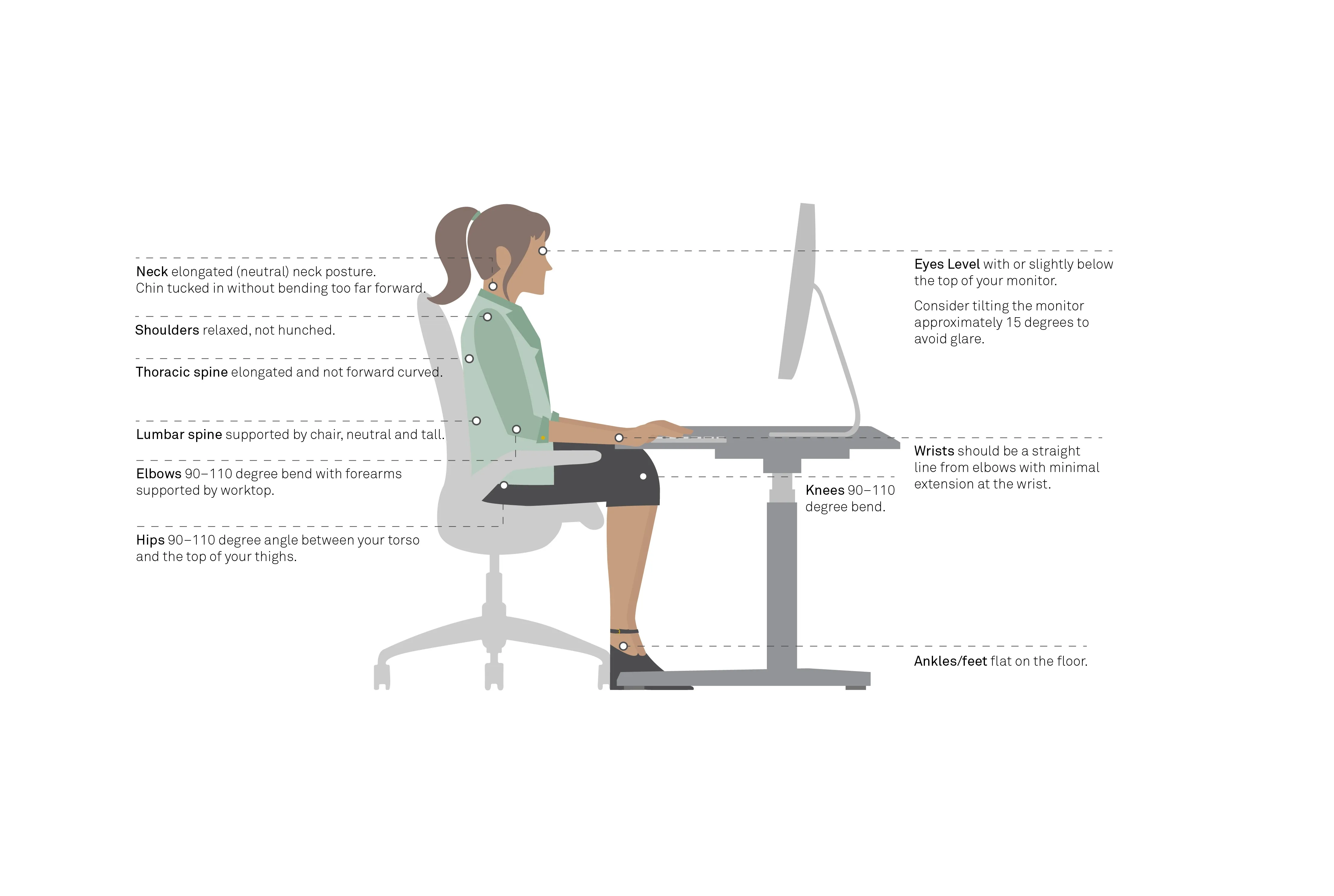






The psychological environment determines how we can maintain and promote positive mental wellbeing and performance whilst we work and study at home. We can create strategies to manage workload, stress, physical and mental breaks, planning and scheduling of work and recreation and activities that nourish and nurture. Part of the home study environment is being within a community and participating in and contributing to relationships – this means time with family and friends. Creating a positive and supportive community environment for learning at home is essential to success.
The home environment provides many learning opportunities that can teach and support us long into our working and studying futures. Through consideration and reflection we are able to create healthy physical and psychological spaces as well as healthy practices which will enable us to be successful.
Natalie Schiavello
PA Class Rep – Year 4
Ergonomist and Health and Wellbeing Practitioner
Ilaria (Year 4)
The psychological environment determines how we can maintain and promote positive mental wellbeing and performance whilst we work and study at home. We can create strategies to manage workload, stress, physical and mental breaks, planning and scheduling of work and recreation and activities that nourish and nurture. Part of the home study environment is being within a community and participating in and contributing to relationships – this means time with family and friends. Creating a positive and supportive community environment for learning at home is essential to success.
The home environment provides many learning opportunities that can teach and support us long into our working and studying futures. Through consideration and reflection we are able to create healthy physical and psychological spaces as well as healthy practices which will enable us to be successful.
Natalie Schiavello
PA Class Rep – Year 4
Ergonomist and Health and Wellbeing Practitioner
Ilaria (Year 4)
The psychological environment determines how we can maintain and promote positive mental wellbeing and performance whilst we work and study at home. We can create strategies to manage workload, stress, physical and mental breaks, planning and scheduling of work and recreation and activities that nourish and nurture. Part of the home study environment is being within a community and participating in and contributing to relationships – this means time with family and friends. Creating a positive and supportive community environment for learning at home is essential to success.
The home environment provides many learning opportunities that can teach and support us long into our working and studying futures. Through consideration and reflection we are able to create healthy physical and psychological spaces as well as healthy practices which will enable us to be successful.
Natalie Schiavello
PA Class Rep – Year 4
Ergonomist and Health and Wellbeing Practitioner
Ilaria (Year 4)







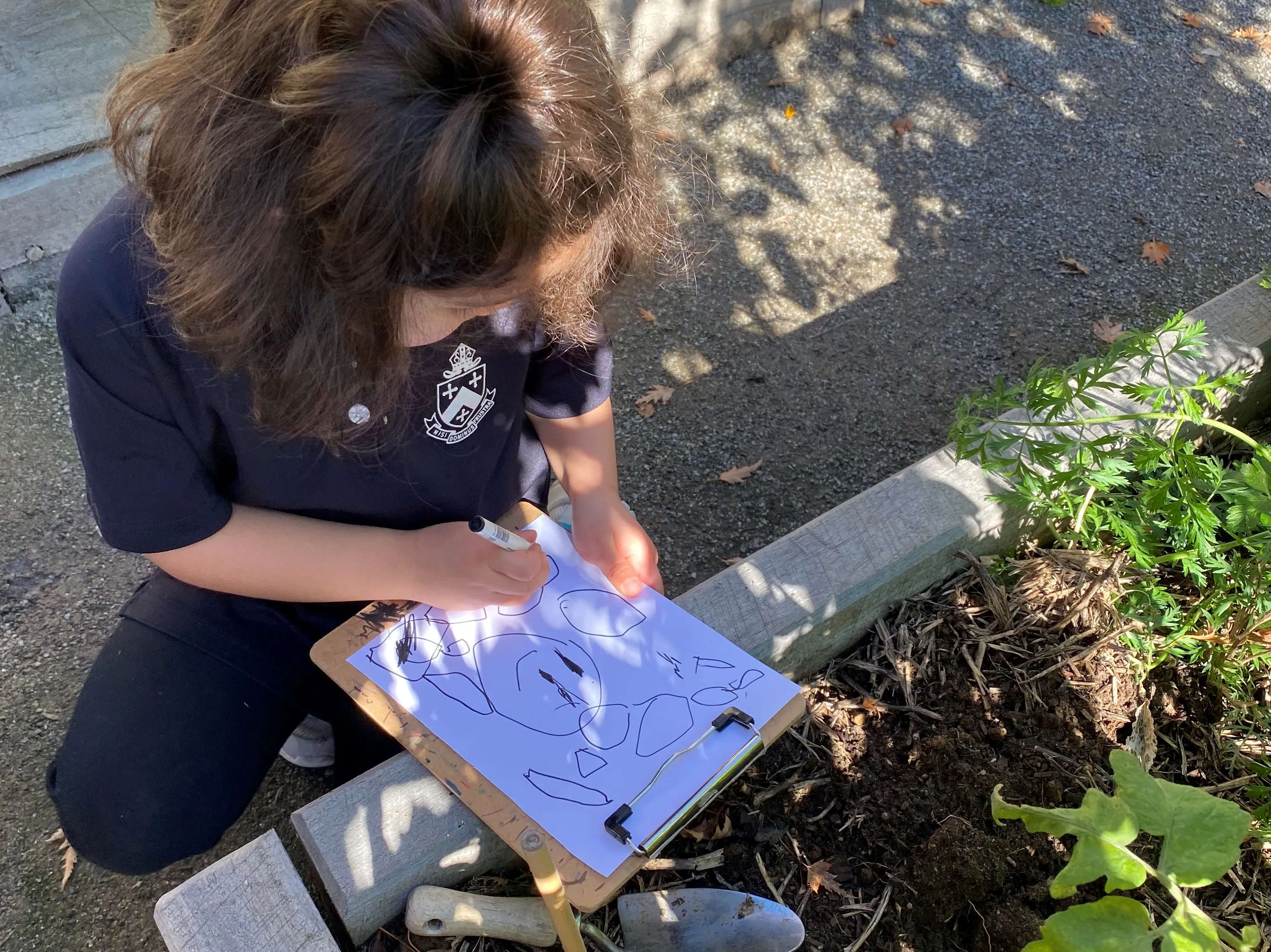
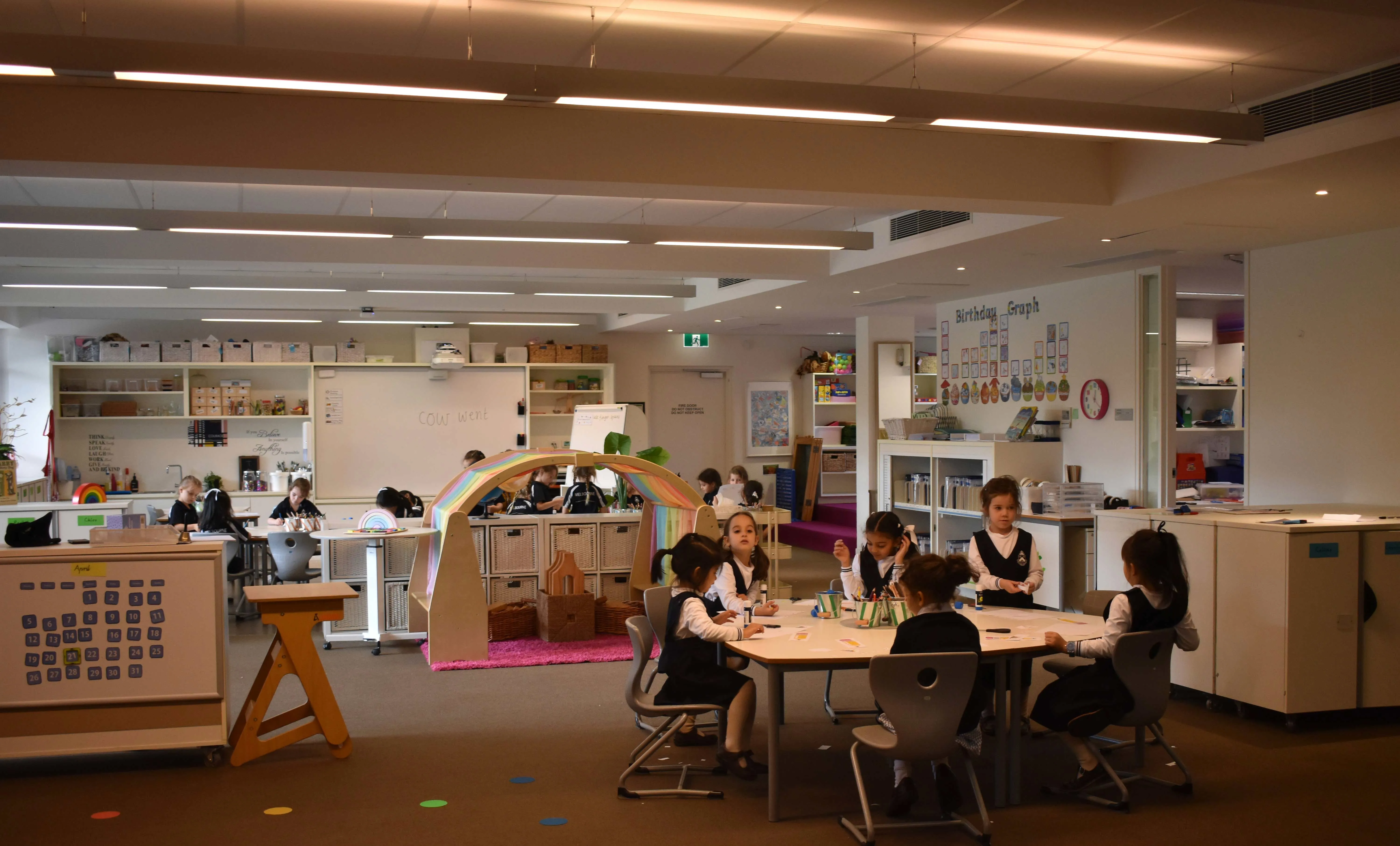
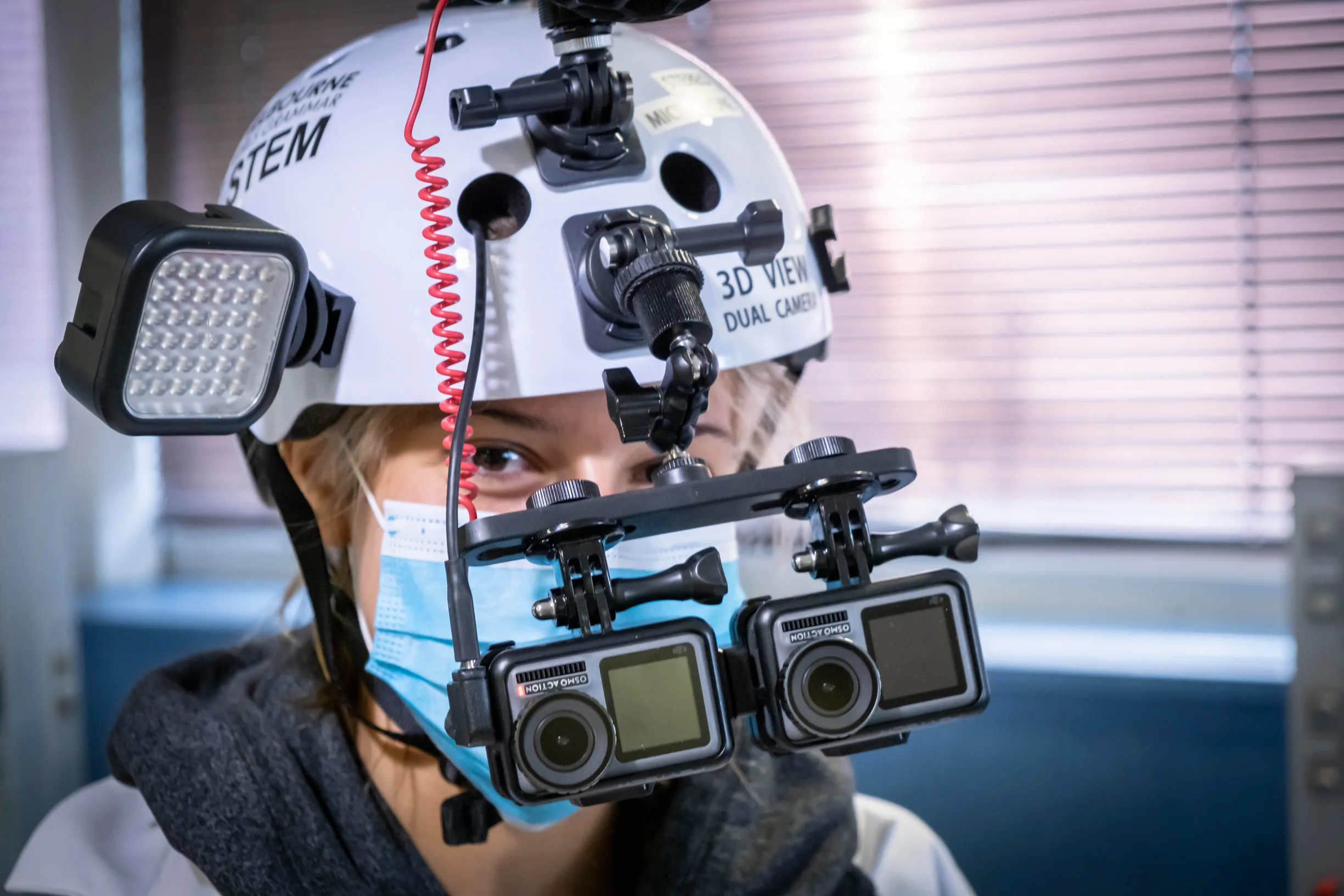
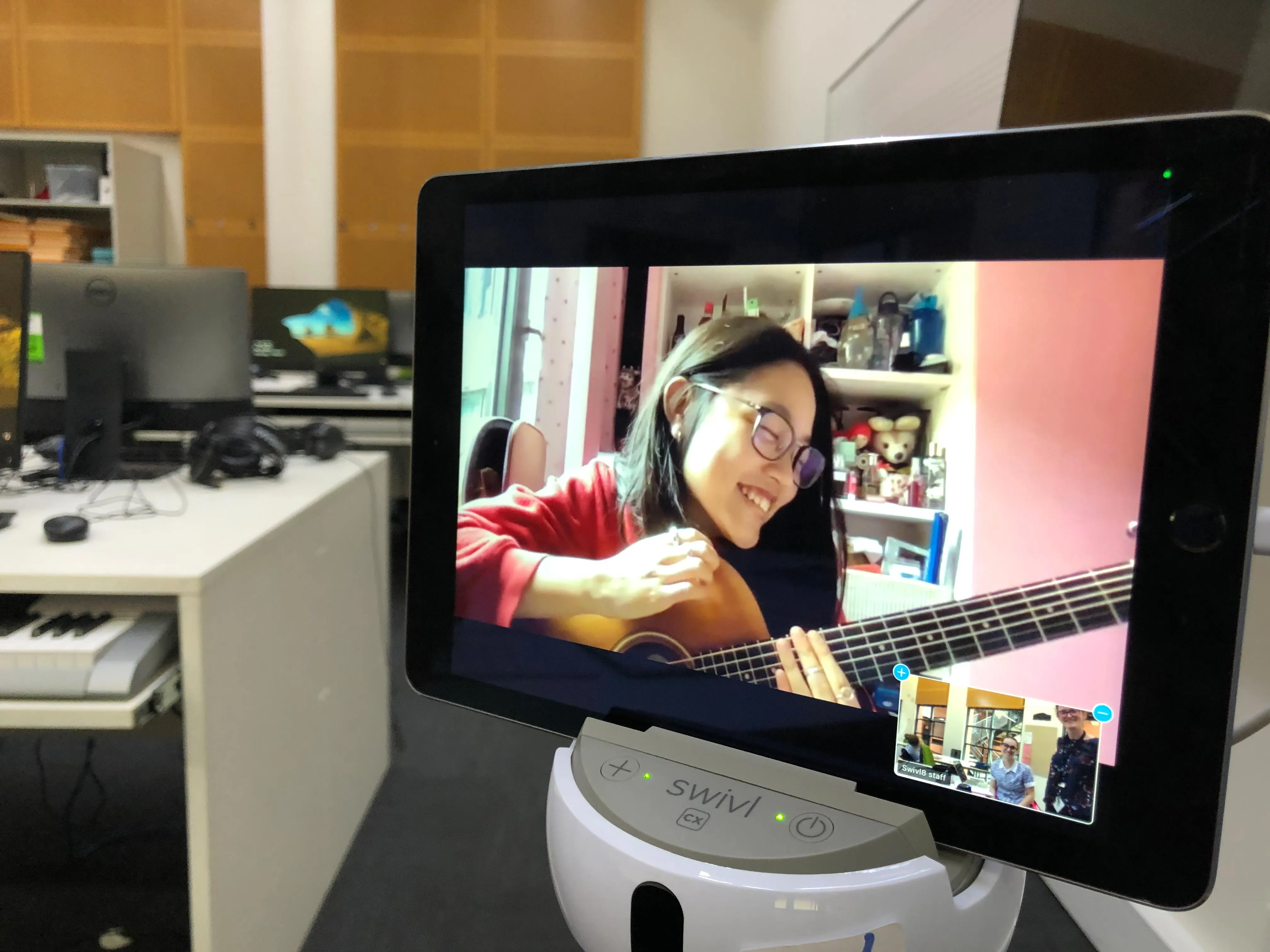
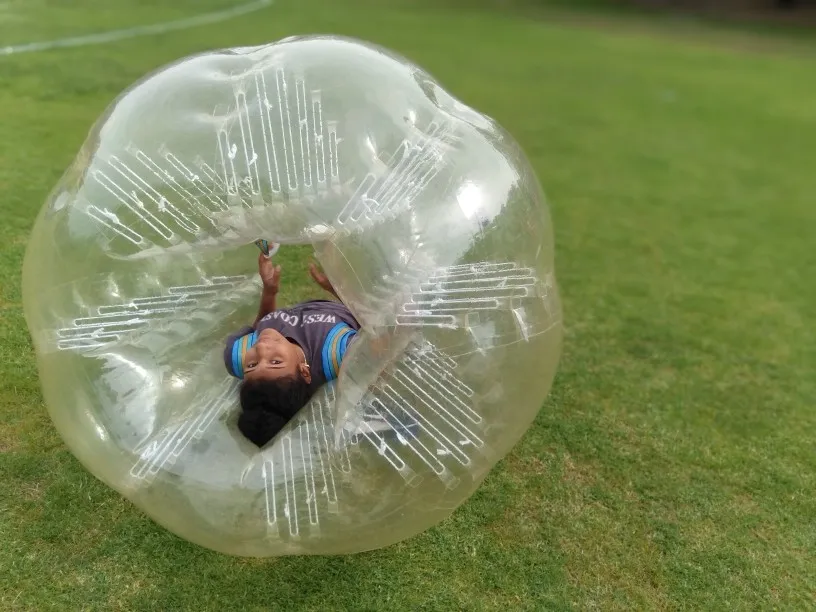
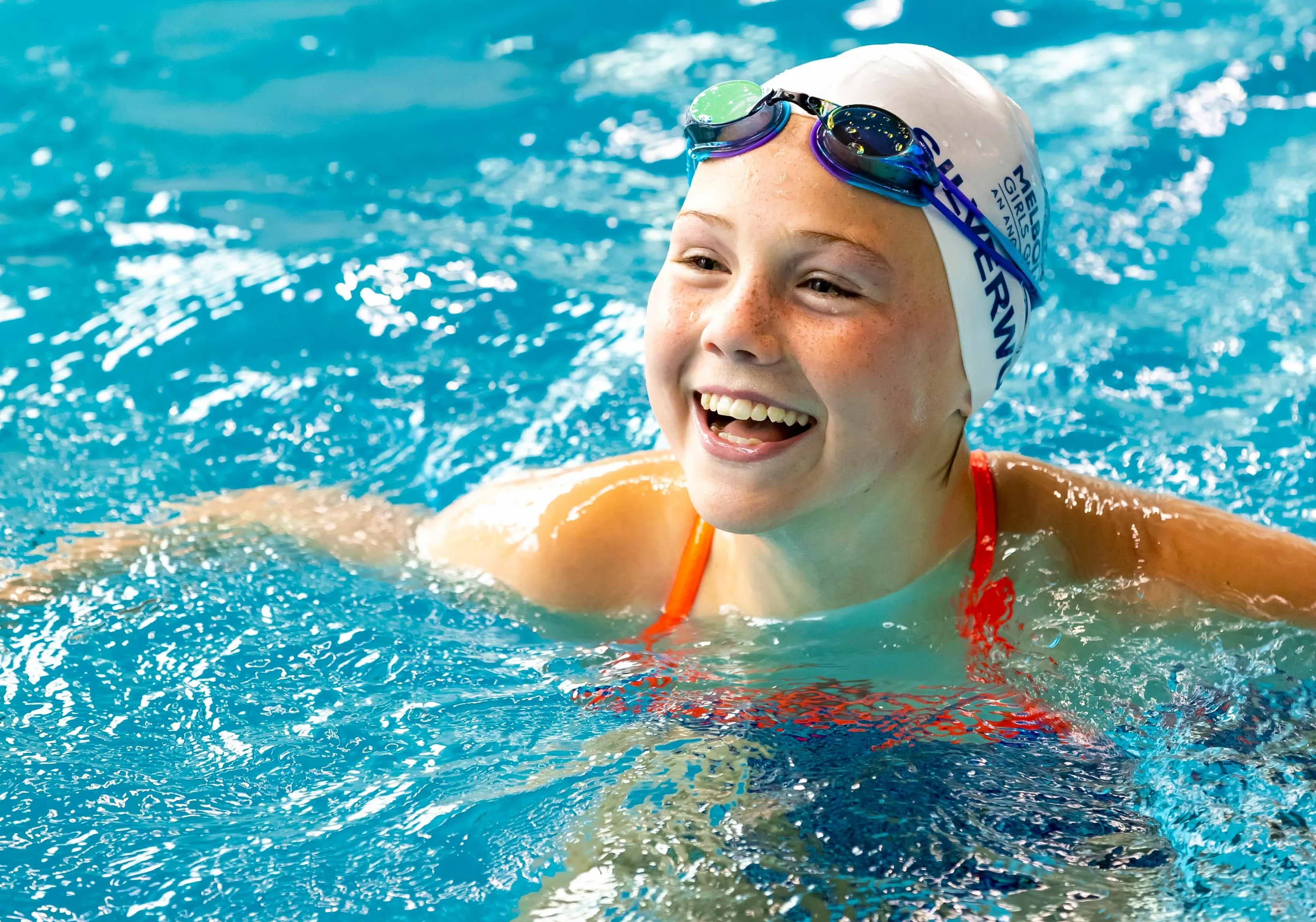

.webp)




